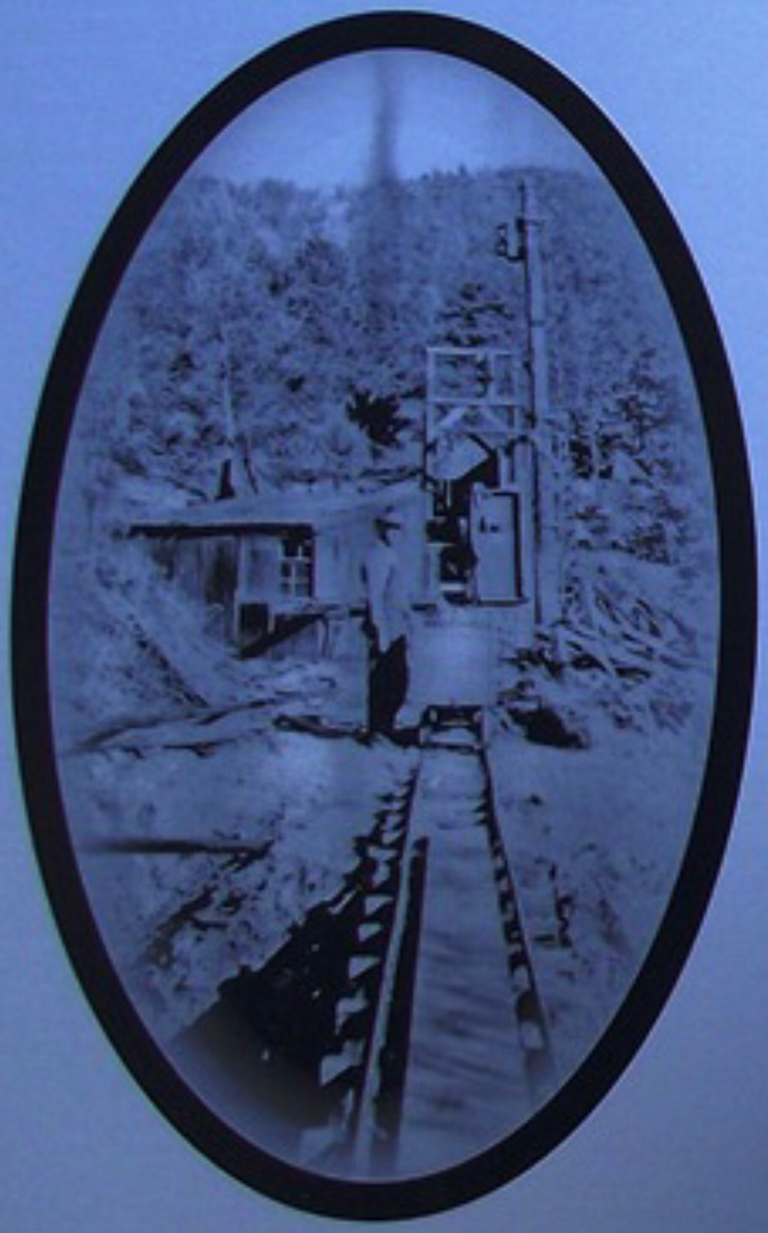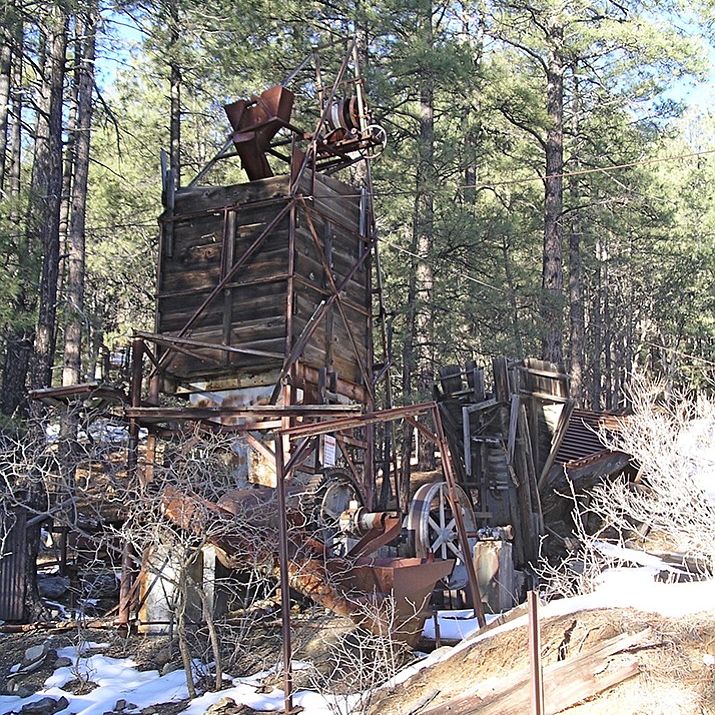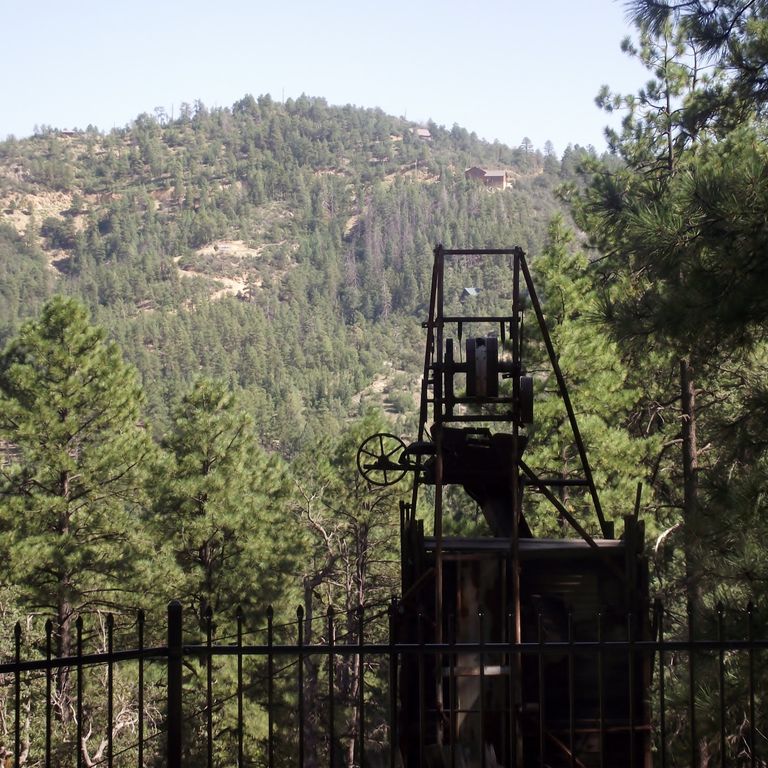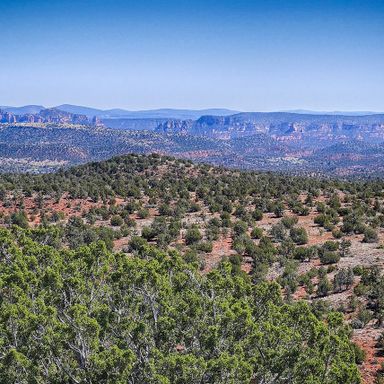Golden Dreams
Then & Now
Blue John Mine
Blue John Mine
History Repeating Itself....
The Blue John Mine dates back to 1913. Mine is located near the Town of Prescott, Yavapai County, Arizona. It's in the Bradshaw Mountain Region and inside the infamous Walker Mining District, one of the oldest mining camps in the region. The Walker District enjoyed its mining heyday from 1863 to the mid 1920’s. By 1930, most of the mines were not producing well enough to justify the expense and so closed. Mining operations began again in the 1990's through 2002. With a recent proven gold report and modern technology the mine will come alive again!

History of Gold Mining in Yavapai County
Arizona Bureau of Mines Bulletin 137 provides a synopsis of the history of mining in Arizona and Yavapai County


“Prior to the Mexican War, early trail-makers and trappers penetrated the Bradshaw Mountains and reported the presence of minerals there, but the inaccessibility of the country and the danger from the Indians discouraged prospecting. It was not until the Civil War, when troops from California, many of whom were gold miners, came in, that parties were organized to prospect the area.
In 1862, a party headed by A. H. Peeples and guided by Pauline Weaver discovered the Rich Hill gold placers. During the following year, the Joseph Walker party, of Colorado, journeyed through the Hassayampa region and found gold placers on Lynx, Big Bug, Hassayampa, and Groom creeks. The discovery in the same year of the rich Vulture ledge, southwest of Antelope Peak, stimulated lode gold prospecting. Many deposits were found, and their free-milling ores were treated in crude reduction works, chiefly arrastras and small stamp mills. Base ore was generally encountered at depths of 50 to 100 feet. From the discovery of several bonanzas, during the early seventies, until the building of the railway into Prescott, in 1888, lode gold mining in Yavapai County was subordinate to silver mining.
During the late eighties, after the exhaustion of the silver mines, many old gold mines were reopened and new ones, notably the Congress, Hillside, and Octave, were discovered.
During the early nineties, concentrators to treat base gold ores were erected at the Senator, Crown King, Little Jessie, and other mines, and a copper smelter was built at Arizona City.

The perfection of the cyanide process, in the early ninetieth century, was an added stimulus to base gold ore mining. The most important producers of this period were the Congress, Octave, and McCabe-Gladstone. From 1913 until 1930, little lode gold mining was done in the county."
We need your consent to load the translations
We use a third-party service to translate the website content that may collect data about your activity. Please review the details in the privacy policy and accept the service to view the translations.
